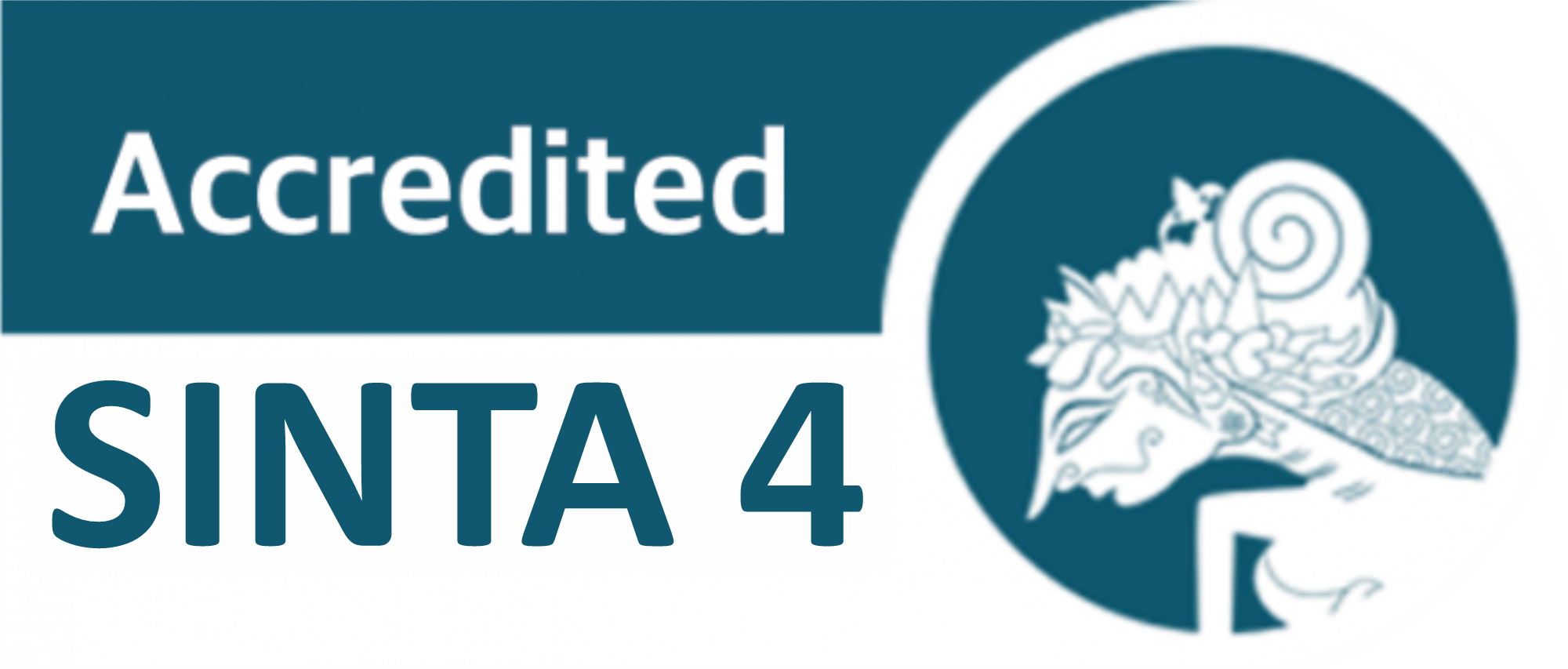MOTIF UKIRAN KERAWANG GAYO PADA RUMAH ADAT GAYO DI KABUPATEN ACEH TENGAH PROVINSI ACEH
DOI:
https://doi.org/10.24114/gr.v8i1.12797Abstract
AbstrakKerawang Gayo merupakan hiasan berupa motif ukir atau ragam hias yang diterapkan pada rumah adat Gayo di Kabupaten Aceh Tengah. Motif kerawang diciptakan oleh masyarakat Gayo melalui proses daya fikir secara spontanitas, kemudian direnungkan secara mendalam sehingga melahirkan suatu bentuk motif yang memiliki makna filosofis berkaitan dengan kehidupan masyarakat Gayo. Tujuan penelitian ini untuk menjelaskan latar belakang munculnya motif kerawang Gayo dan menjelaskan bentuk serta pemaknaanya motif kerawang Gayo pada rumah adat Gayo. Kerangka untuk mengkaji bentuk dan makna motif kerawang Gayo menggunakan teori estetika tentang motif yang dibagi tiga yaitu motif utama (wujud tertentu, memiliki falsafah atau ajaran), kemudin motif pengisi (pendukung motif utama) dan motif isian (penghias motif utama dan pendukung). Jenis penelitian ini kualitatif pendekatan terhadap kultural masyarakat Gayo, dengan teknik pencarian data studi pustaka, observasi, wawancara, dokumentasi dan studi karya/artefak. Berdasarkan hasil penelitian dan teori estetika tersebut menemukan tiga belas bentuk motif ukiran yang terdapat pada rumah adat Gayo, masing-masing memiliki filosofi dalam bentuk peri mestike (Falsafah/Pribahasa) yang mengandung ajaran atau tuntunan berkaitan dengan kehidupan masyarakat Gayo. Motif ukiran kerawang Gayo pada rumah adat Gayo diantaranya emun berangkat (awan berarak), emun beriring (awan berbaris) emun berkune (awan bercabang) emun mupesir (awan berpencar) emun mutumpuk (awan berkumpul) puter tali (pilin berganda) pucuk rebun (pucuk rebung) tekukur (pengukuran) mata ni lo (matahari) sarak opat (sarak empat) nege (naga) iken (ikan) dan kurik (ayam).Kata Kunci: rumah adat, kerawang gayo, estetika.AbstractKerawang Gayo is an ornament in the form of a carved motif or decoration applied to the Gayo traditional house in Central Aceh Regency. Kerawang motifs created by the Gayo community through spontaneous processes of thinking power, then contemplated in depth so as to give birth to a form of motif that has philosophical meaning related to the life of the Gayo people. The purpose of this study is to explain the background of the emergence of the motif kerawang Gayo and explain the shape and meaning of the motif kerawang Gayo on the Gayo traditional house. The framework for examining the form and meaning of the Gayo openwork motif uses aesthetic theories about motives divided into three, namely the main motifs (certain forms, philosophies or teachings), then the motives of fillers (supporting the main motifs) and stuffing motifs (decorating the main and supporting motifs). This research is a qualitative approach to the culture of the Gayo community, with techniques for finding data from literature studies, observations, interviews, documentation and study works/artifacts. Based on the results of the research and aesthetic theory found thirteen forms of carving motifs found in the Gayo traditional house, each of them has a philosophy in the form of peri mestike (Philosophy/Language) which contains teachings or guidance relating to the lives of the Gayo people. The motif kerawang Gayo on the Gayo traditional house includes emun berangkat (cloud drifting), emun beriring (cloud lining) emun berkune (branching cloud) emun mupesir (scattered cloud) emun mutumpuk (cloud gathered) puter tali (multiple gyre) pucuk rebun (shoots bamboo shoots) tekukur (measurement) mata ni lo (sun) sarak opat (four sarak) nege (dragon) iken (fish) and kurik (rooster). Keywords: traditional house, kerrawang gayo, aesthetics.Downloads
Published
2019-07-02
How to Cite
Salihin, A., Juned, S., & Dharsono, D. (2019). MOTIF UKIRAN KERAWANG GAYO PADA RUMAH ADAT GAYO DI KABUPATEN ACEH TENGAH PROVINSI ACEH. Gorga : Jurnal Seni Rupa, 8(1), 68–79. https://doi.org/10.24114/gr.v8i1.12797
Issue
Section
Gorga : Jurnal Seni Rupa
License
Copyright (c) 2019 Ansar Salihin, Sulaiman Juned, Dharsono Dharsono

This work is licensed under a Creative Commons Attribution-ShareAlike 4.0 International License.
Copyright
Authors published in this journal agree to the following terms:
- The copyright of each article is retained by the author (s).
- The author grants the journal the first publication rights with the work simultaneously licensed under the Creative Commons Attribution License, allowing others to share the work with an acknowledgment of authorship and the initial publication in this journal.
- Authors may enter into separate additional contractual agreements for the non-exclusive distribution of published journal versions of the work (for example, posting them to institutional repositories or publishing them in a book), with acknowledgment of their initial publication in this journal.
- Authors are permitted and encouraged to post their work online (For example in the Institutional Repository or on their website) before and during the submission process, as this can lead to productive exchanges, as well as earlier and larger citations of published work.
- Articles and all related material published are distributed under a Creative Commons Attribution-ShareAlike 4.0 International License.
License
Gorga : Jurnal Seni Rupa is licensed under a Creative Commons Attribution-ShareAlike 4.0 International License.










